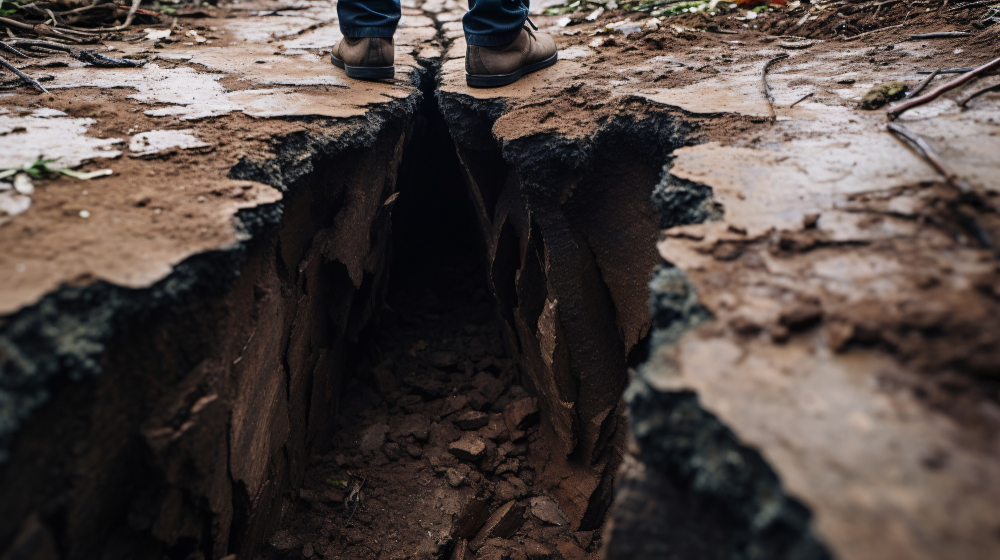
How Human Activities Can Intensify, or Even Cause a Landslide
Landslides are natural geological phenomena, but human activities can exacerbate their occurrence, turning what might have been a minor event into a catastrophic disaster. Understanding how our actions can intensify or even trigger landslides is crucial for mitigating their impact and safeguarding communities and infrastructure.
Unleashing the Forces of Nature
One of the most significant human activities contributing to landslides is deforestation. Trees play a vital role in stabilizing soil and preventing erosion. When forests are cleared for agriculture, urban development, or logging, the protective canopy that once held soil in place is removed, leaving slopes vulnerable to erosion. Without the root systems of trees to anchor the soil, heavy rainfall or seismic activity can trigger landslides, leading to devastating consequences.
Disturbing the Balance
Urbanization often involves extensive construction and excavation activities, which can destabilize slopes and increase the risk of landslides. Excavating into hillsides or altering natural drainage patterns can weaken the integrity of the soil and trigger slope failures. Additionally, the weight of buildings and infrastructure can add pressure to slopes, further increasing the likelihood of landslides, especially in areas with already unstable geology.
Ignoring Nature’s Warnings
In many cases, landslides occur in areas where human settlements encroach upon natural hazard zones. Poor land use planning and inadequate zoning regulations can lead to the construction of homes, roads, and infrastructure in areas prone to landslides. Ignoring the warning signs of past landslide events or failing to conduct thorough geotechnical assessments can result in catastrophic consequences when the next landslide occurs.
Unearthing Hidden Risks
Mining activities, particularly surface mining and quarrying, can significantly alter the landscape and increase the risk of landslides. The removal of large volumes of earth and rock can destabilize slopes, leading to slope failures and rockfalls. Moreover, abandoned mines and quarries can pose long-term hazards, as they may fill with water and weaken surrounding slopes, increasing the likelihood of landslides in the future.
Shifting the Balance of Water
Human-made alterations to natural water systems can also contribute to landslide activity. Irrigation projects that divert water for agricultural purposes can saturate slopes, increasing their susceptibility to failure. Similarly, the construction of dams and reservoirs can alter water levels and drainage patterns, leading to changes in soil moisture content and slope stability. Poorly designed or maintained infrastructure can exacerbate these effects, leading to catastrophic landslides.
Fueling the Fire
While not a direct human activity, climate change is exacerbating many of the factors that contribute to landslides. Increasing temperatures lead to more frequent and intense rainfall events, which can saturate soils and trigger landslides. Thawing permafrost and melting glaciers also contribute to slope instability in mountainous regions. As human activities continue to drive climate change, the risk of landslides is likely to increase, posing a growing threat to communities around the world.
A Call to Action
Human activities have undoubtedly intensified the frequency and severity of landslides, but they also hold the key to mitigation and prevention. By adopting sustainable land use practices, implementing effective zoning regulations, and investing in infrastructure that takes natural hazards into account, we can reduce the risk of landslides and protect vulnerable communities. It’s time to recognize the interconnectedness of our actions and the natural world and work together to build a safer, more resilient future for all.


